Korea Aerospace Industries rolled out the KF-21 Boramae, previously called the KF-X, on April 9 in Sacheon, South Korea. First flight is planned for the second quarter of 2022. The Block 1 air-superiority version is scheduled to enter service in 2026, to be followed in 2029 by the Block 2 multirole variant.
- Market Sector
- Markets
- Marketplace
- Services
-
Store
-
Market Sector
- Type View All Products
-
- Events
- About
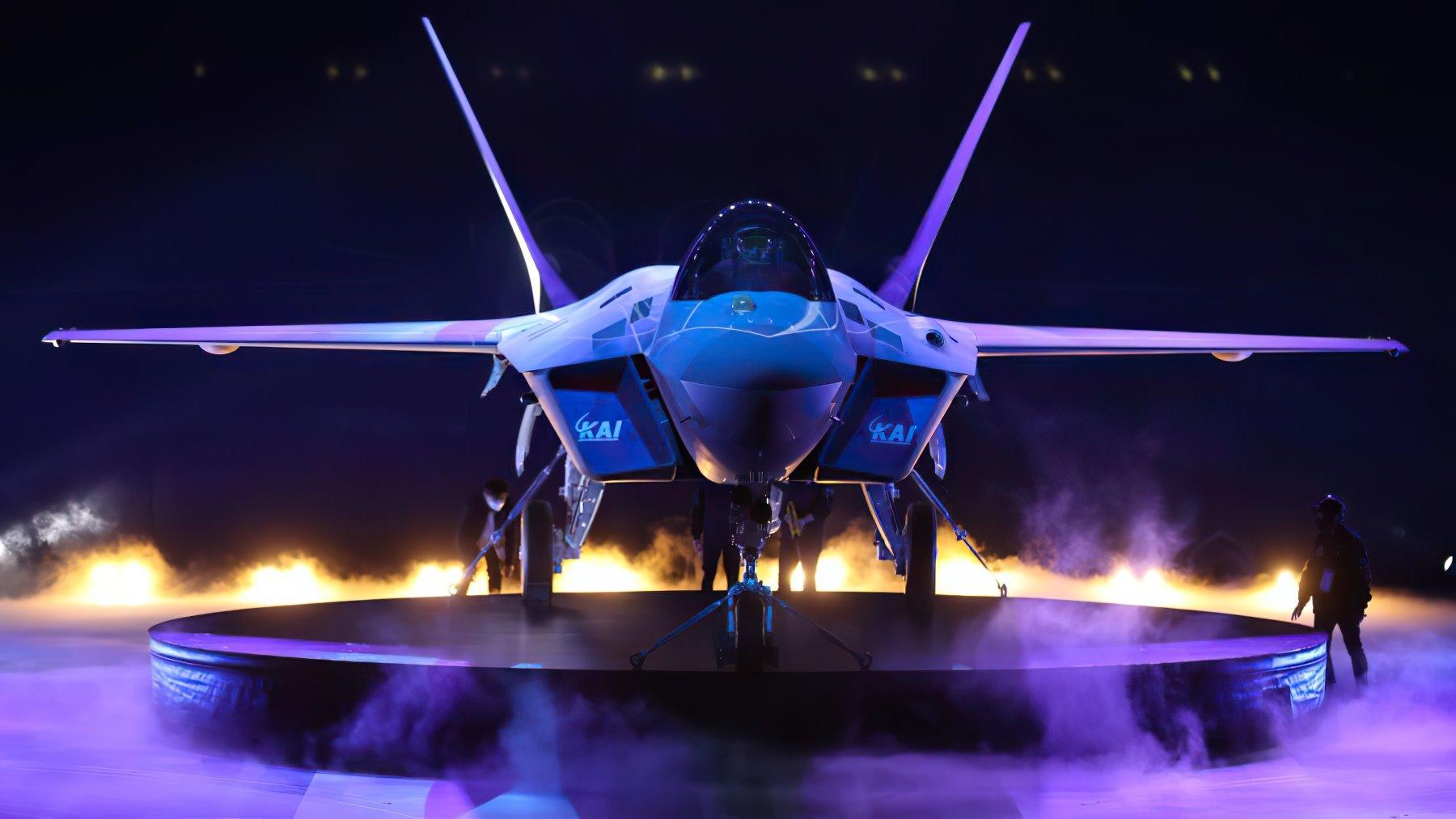

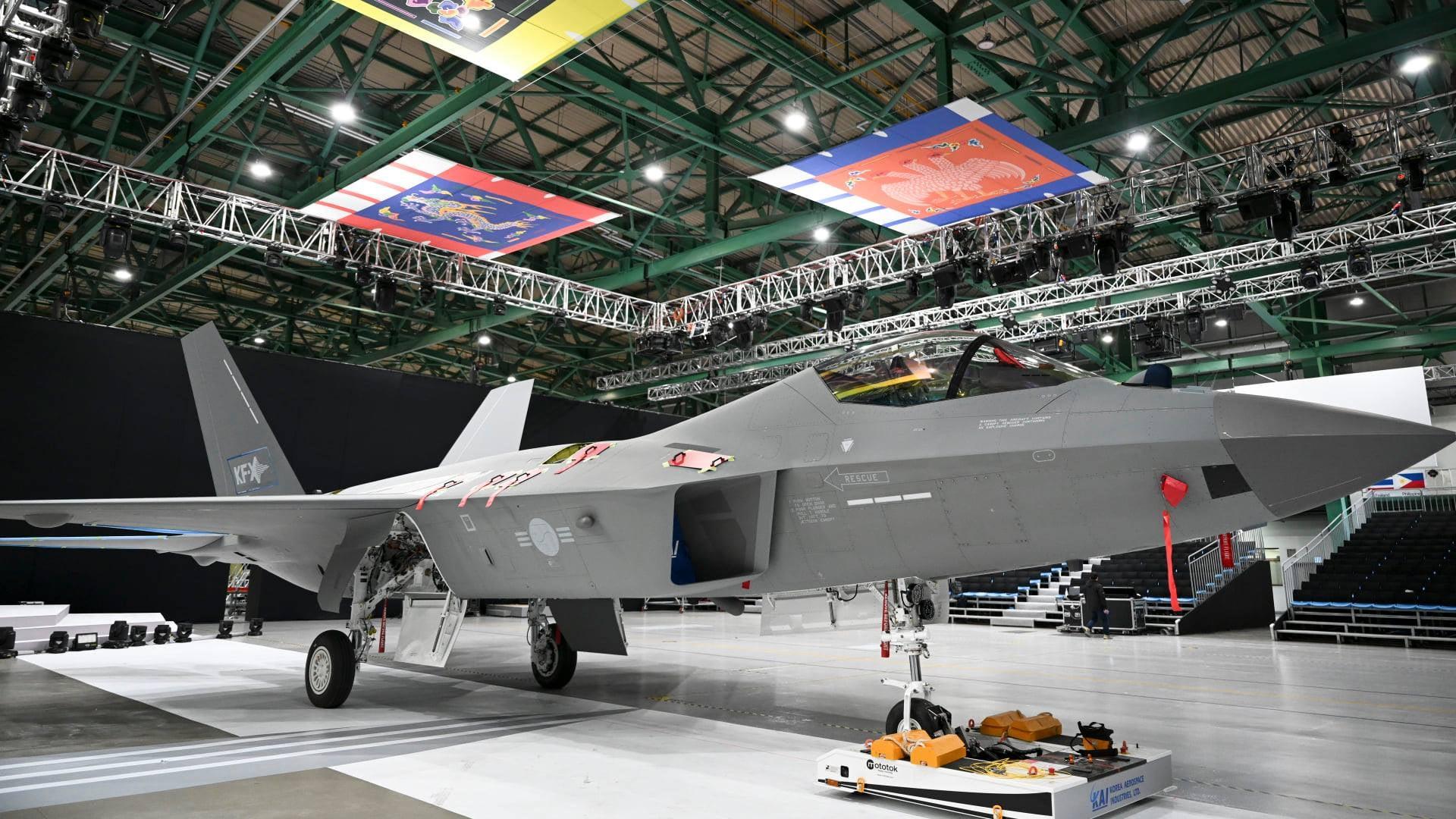
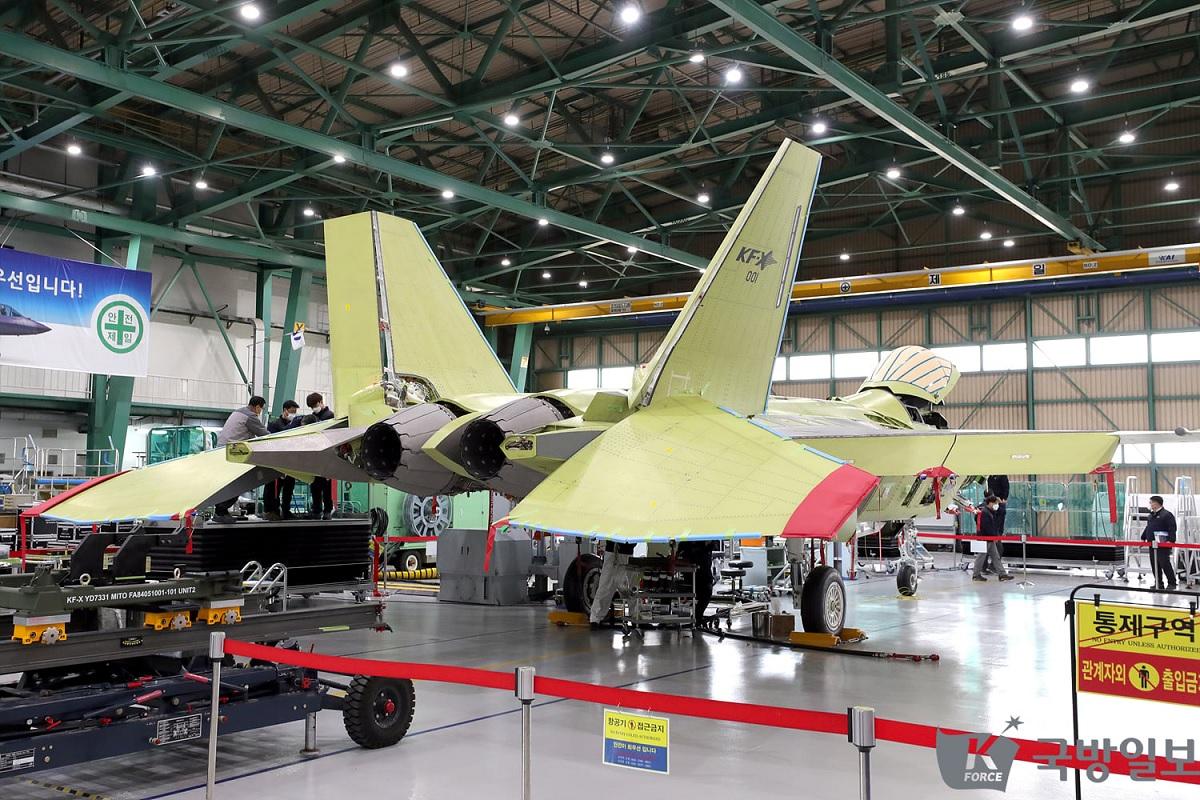

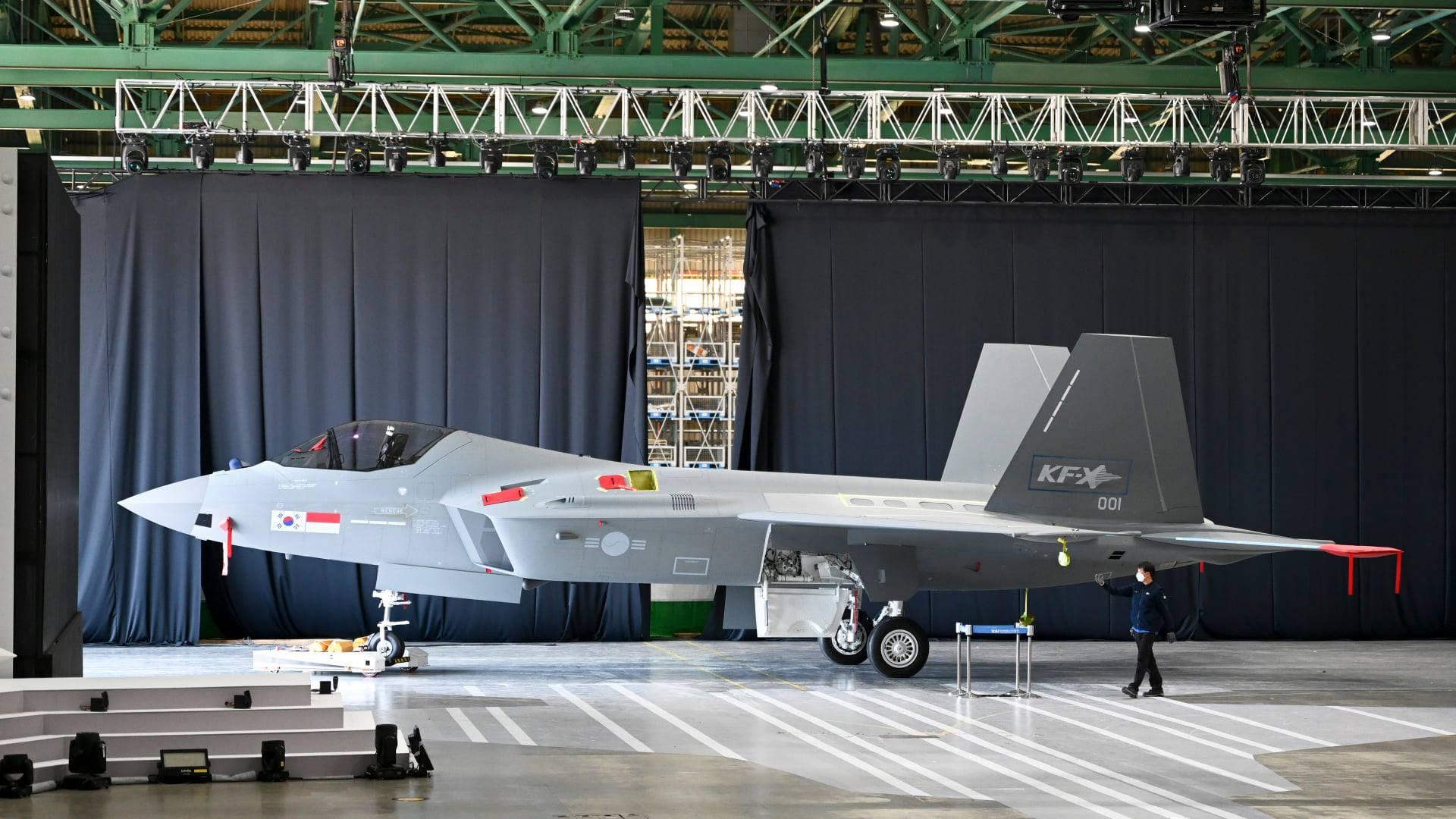
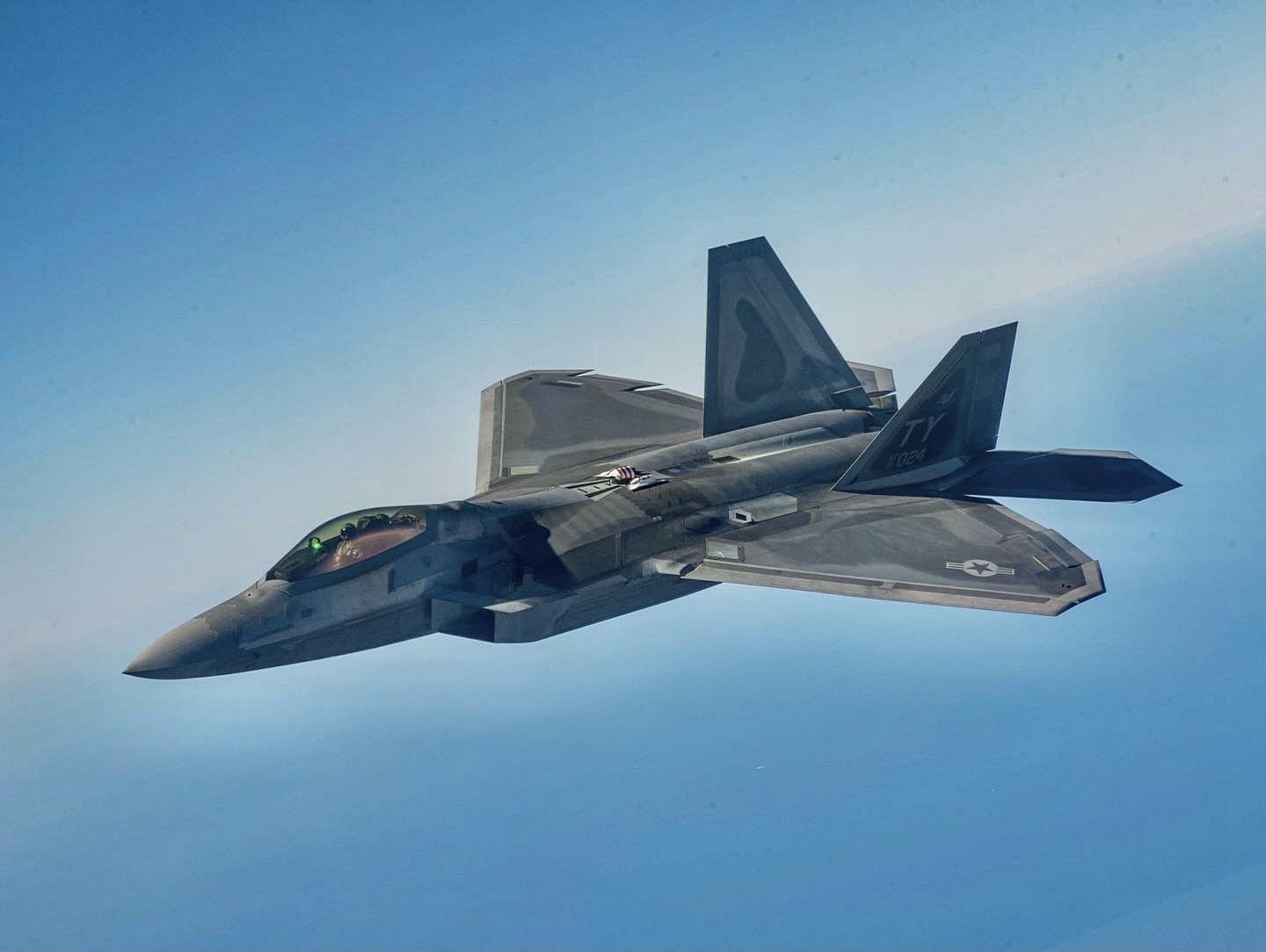

Comments
License-built units on the St Louis production line will probably have internal bays from the beginning.
OK, that was way speculative. But the KF-21 is a rather natural replacement for the F/A-18 series, with greater growth potential, right?